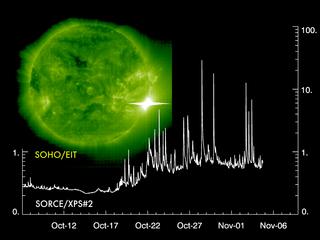
X28 (now, maybe X45), huge X-type flare--5,000 Solar X-ray luminosity; 11/06/2003. |
|

Sunquake generated by a Solar Flare. |

X28 (now, maybe X45), huge X-type flare--5,000 Solar X-ray luminosity; 11/06/2003. |
|

Sunquake generated by a Solar Flare. |
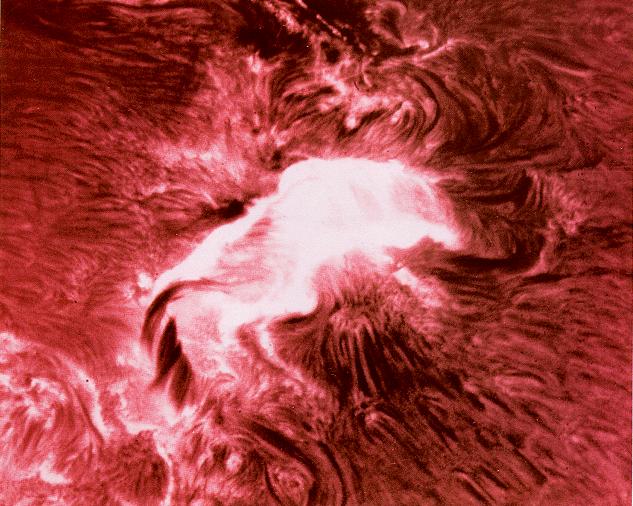 |
 |
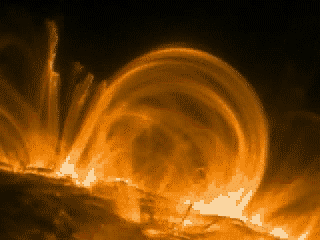 |
 |
Solar flares are associated with active regions on the Sun. Solar flares are classified according to their brightness in x-rays. There are 3 categories: X-class flares are big; events which trigger radio blackouts on the Earth. M-class flares are medium-sized flares which can have effects on the Earth. C-class flares are small with few noticeable effects on the Earth. |
 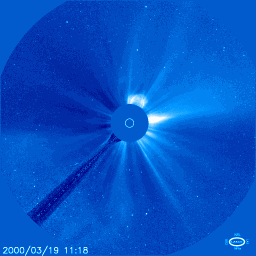 |
|
.jpg) | CMEs and the high speed flows from the Sun after Solar flares strike the Earth's magnetosphere (cocoon) and compress and form shock waves. The intense flow of charged particles and magnetic field from the Sun can cause huge currents to flow in the Earth's magnetosphere which can lead to power outages and the high energy particles can disrupt the upper atmospheric layer of the Earth known as the Ionospere which can disrupt long-range communications on the Earth. |
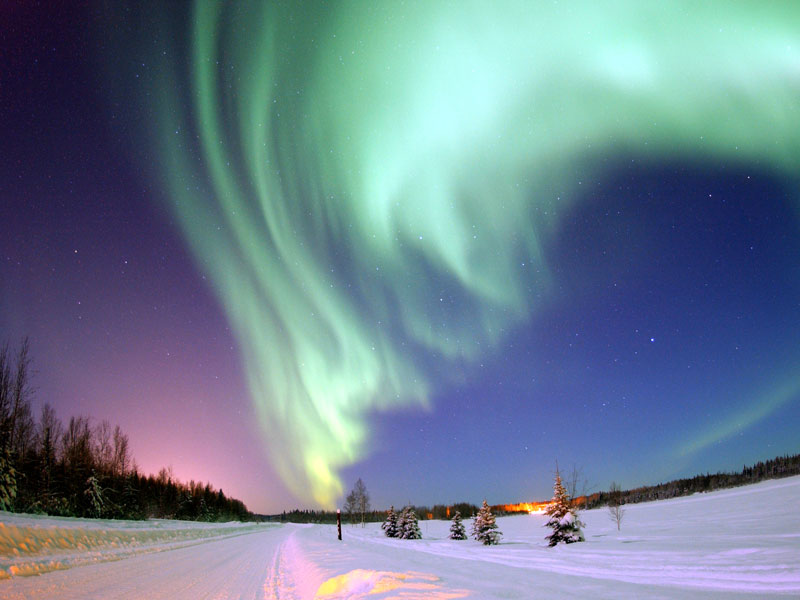 |
 |
